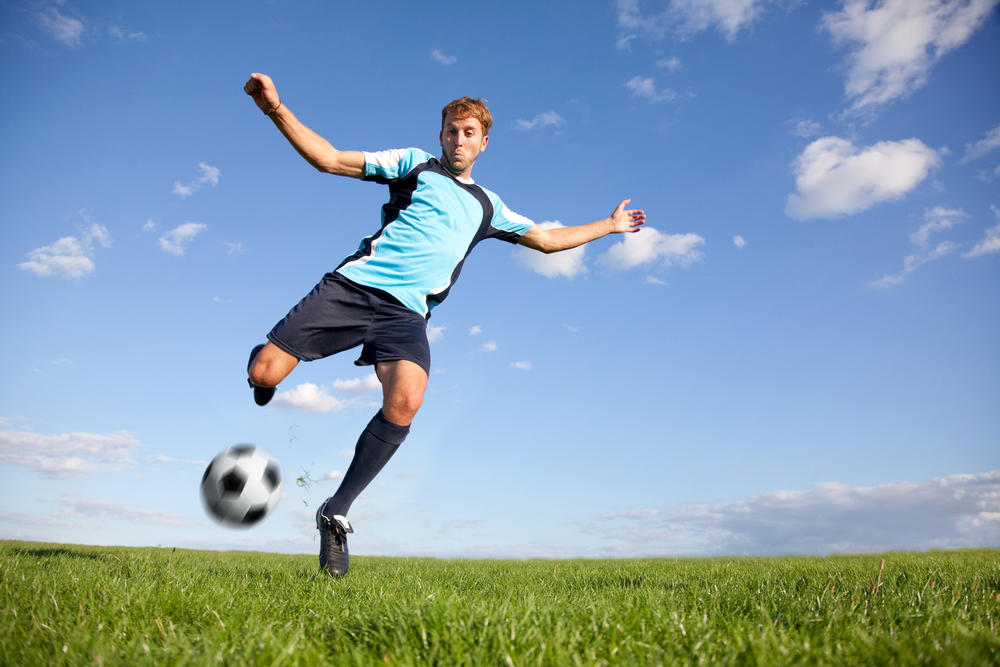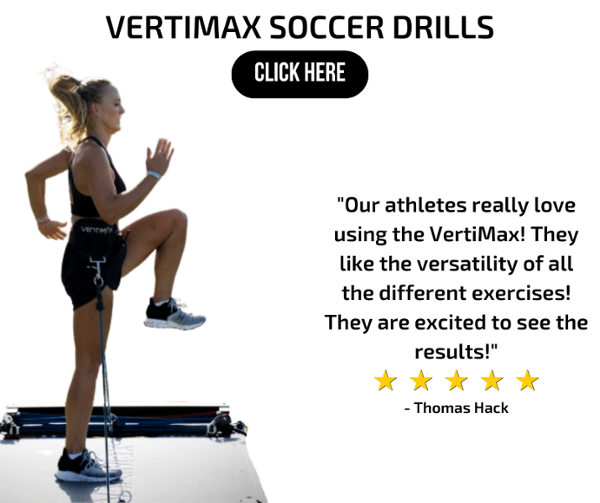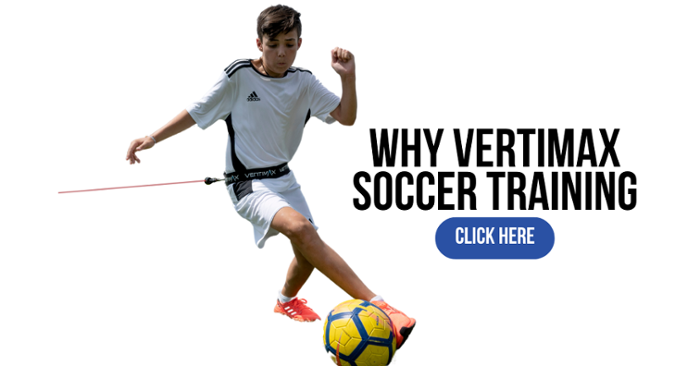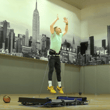The best athletes take breaks. Finding time to let the body heal is key to bouncing back the next day. However, if your athletes aren’t incorporating a year round soccer training in the off-season, it’s likely their performance will be impacted on the field.
Because soccer training incorporates constant stop-and-go motions, tirelessly long periods of running, and an overall strain on the legs and glutes, the sport is demanding. The best way to create year-round athletes is to train their speed and power in the off-season.
Incorporating off-season soccer training programs allows athletes to train without fearing missing games due to soreness or lack of recovery. If athletes push themselves in the off-season and they are sore the next day, it won’t affect game day. Consequently, most soccer training programs aim to build speed, agility, and strength in the off-season, while maintaining strength during the actual season.
The best year round soccer training program incorporates off-season conditioning, sport-specific exercises and technical drills. These are our favorite ways to train soccer players in the off season for conditioning that shows legitimate improvements in the on-season.
Year Round Conditioning Soccer Training Program
Long Kick Drills
Get your players quicker, stronger, and more accurate on the field when the pressure is off. The beauty of off-season soccer training programs is that they instill good habits when you have time to focus and have patience in shooting.
In a game, kicking long obviously comes with more room for error than bringing the ball closer to the net. Similar to a 3-pointer in basketball, there are a lot of benefits to training soccer players to kick the ball from longer distances with accuracy.
Similar to a 3-pointer or free throw in basketball, soccer players also need to train for different situations on the field. That’s where long kick drills come in.
We recommend incorporating variations of kick drills into your off-season conditioning programs. Long kicking should be executed by the player pushing the ball to the side, slightly in front of the body. The player should then progress forward and if right footed, should end with his or her left foot alongside the ball, head looking down towards the ball, and kick through the center of the ball while driving his toe underneath and with tight ankle joints.
Remind players to aim for corners of the goal: top left and right, and bottom left and right. Setting up targets and incorporating prizes or competition within your team is a great way to provide some positive reinforcement while teaching the drill.
Plyometrics/Jump Drills
Plyometric training is all about keeping a high heart rate while training your players to jump higher. Plyometric training is a great way to train soccer conditioning because of the sheer exertion your players will need to exercise.
In soccer, your first thought might not be, “I need to train my players to jump higher”. But in all sports, reaction time and explosive muscles are a necessary part of the game. Teaching your soccer players to train their jump skills not only increases endurance but will allow for them to jump towards heading a ball, jump out of the way of an incoming player, or for goalies, to block all balls (even the ones they think they can’t retrieve).
Jump drills are a great way to condition soccer players. Train your athletes to jump to a box with a controlled landing, on one foot and then on both. Then have players jump over a box with a controlled landing with one foot and then both. End the drill with continuous jumps over a box to increase athletes’ vertical jump and help to prevent knee injury or ankle sprains. Box jumping, while increases soccer players’ heart rate, is also key to teaching controlled landings and incorporating fast-twitch muscles into your training programs.
Reversal Drills
Getting your soccer players trained to run fast is key, but running forward doesn’t count for all of their natural movements throughout a game. THIS is why we recommend incorporating different backpedaling drills into your soccer training programs. Backpedaling drills can be highly beneficial come game day. They teach players the fundamentals of moving backwards quickly and dynamically, without falling.
Start with three cones set in a triangle. Your players should start the base, or where the two cones are closet halfway between the two. Set up a coach or assistant about 10 feet ahead of your player. Have them backpedal as quickly as possible at a diagonal, to the left of the triangle that sits directly behind them. Once their feet align with the third triangle, have them sprint forward and kick or head a ball towards your coach. Have them repeat immediately, backpedaling to the right this time. Repeat and test times and accuracy.
Keeping your athletes moving in the off season prevents injury and lagging play during the on season. If you’re not preparing when you’ve got extra time, you won’t be able to keep up with teams who spent their time increasing their verticals, conditioning their legs, and training their kicking skills.






.png?width=110&name=Listing%20Image-basketball%20ladder%20drill%20%20(350%20x%20350%20px).png)














